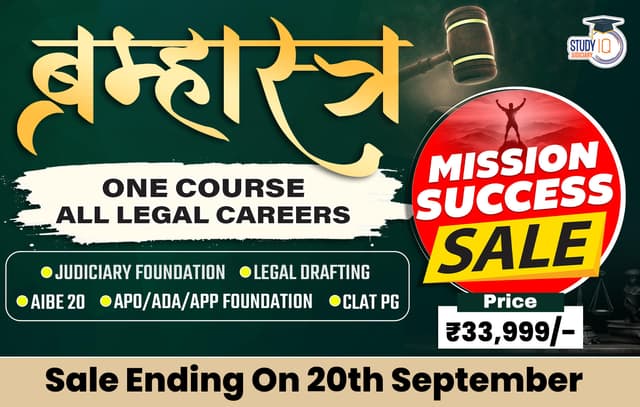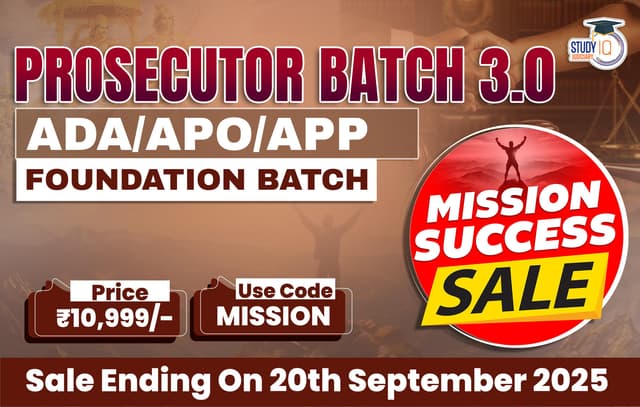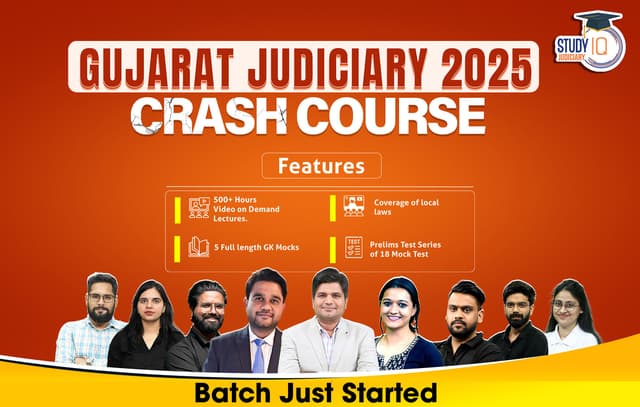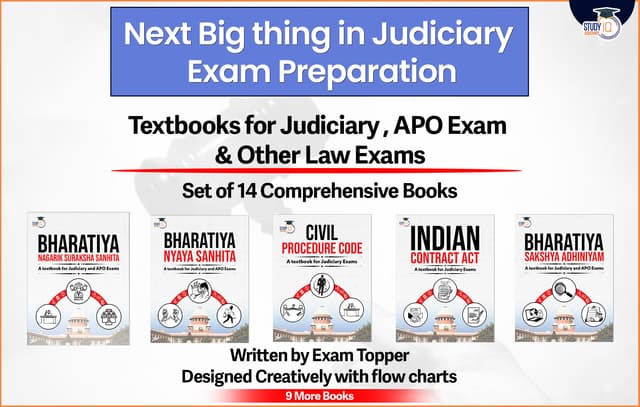Table of Contents
Why in the news?
The Supreme Court, on April 17, clarified that when a prior judgment is overruled by a later one, the new ruling typically applies retrospectively. This is because it doesn’t create new law but merely reveals the correct legal interpretation that was previously misunderstood. As a result, past transactions are governed by the law as clarified in the overruling decision unless the matter is already settled or adjudicated (res judicata).
The Supreme Court of India recently provided important clarification on how the doctrine of prospective overruling should be applied. This clarification came in the context of criminal appeals challenging a decision by the Delhi High Court. In that case, the High Court had affirmed the trial court’s findings, holding that there was no breach of legal provisions under the Narcotic Drugs and Psychotropic Substances Act, 1985 (NDPS Act).
While examining the matter, a two-judge bench of the Supreme Court addressed the use of prospective overruling a doctrine that allows a court to declare a new legal principle but apply it only to future cases, rather than retroactively affecting past decisions. The Court stressed that this doctrine is not to be invoked casually or as a matter of routine. Instead, its application must be carefully justified by the specific facts and legal context of the case at hand. The bench underscored that prospective overruling is an exception to the general rule of retrospective application of judicial decisions and should be used sparingly, particularly when retroactive application would cause undue hardship or disrupt settled legal positions.
Doctrine of Prospective Overruling: Meaning and Application
The doctrine of prospective overruling empowers courts particularly constitutional courts to declare that a newly established legal principle will apply only to future cases, rather than retroactively altering the legal consequences of past actions. This approach is designed to prevent injustice or disruption that might arise from abrupt shifts in legal interpretation.
Unlike retrospective rulings, where a new interpretation applies to both past and future cases, prospective overruling protects individuals and institutions who relied on the earlier legal position. It ensures that those who acted in good faith under the old rule are not penalized when the law is subsequently reinterpreted or overruled.
This doctrine marks a departure from the traditional Blackstonian view, which held that courts merely declare what the law has always been. Under that view, judicial decisions were presumed to apply retrospectively. Prospective overruling, by contrast, acknowledges the court’s role in shaping evolving legal standards and allows for controlled legal transitions.
The doctrine originated in American jurisprudence as a response to the rigidity of retrospective application. Over time, it has been adopted in other common law jurisdictions, including the United Kingdom and India.
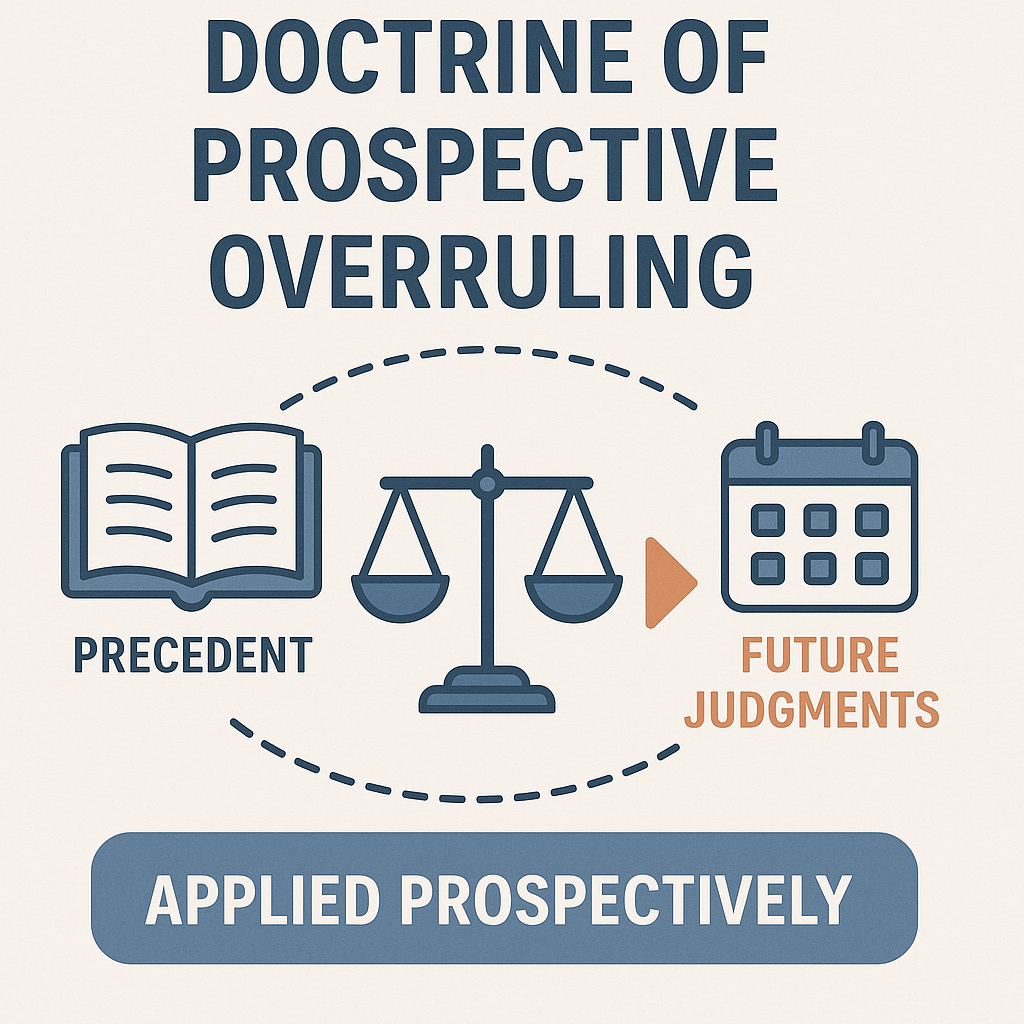
Indian Judicial Recognition
In India, the doctrine was formally introduced by the Supreme Court in the landmark case of I.C. Golaknath v. State of Punjab (1967). In this case, the Court held that Parliament could not amend Fundamental Rights and applied the doctrine to ensure that its ruling would not invalidate earlier constitutional amendments or reopen settled matters.
The Court emphasised that the doctrine serves two key purposes:
- Preserving legal certainty by not disturbing past transactions or judgments.
- Preventing a flood of litigation by avoiding the reopening of cases already decided under the old law.
Subordinate courts are bound to apply the new interpretation only to future cases, unless the Supreme Court specifies a particular date from which the new rule will take effect. This flexibility allows the Court to balance legal evolution with institutional stability.
Landmark Cases on the Doctrine of Prospective Overruling
I.C. Golaknath v. State of Punjab (1967)
The Parliament, via the 24th, 25th and 26th Constitutional Amendments, sought to curtail judicial review of amendments to Fundamental Rights. Petitioner Golaknath challenged the validity of these Amendments as infringing his freedom of property under Article 31.
Can Parliament amend Fundamental Rights so as to oust the Supreme Court’s power to invalidate such amendments?
A 13-judge bench held that Parliament’s power under Article 368 did not extend to abridging or taking away Fundamental Rights. Amendments affecting these rights were subject to judicial review. To avoid unsettling every Constitutional amendment ever passed, the Court declared its new principle would apply only to future amendments. In other words, past Amendments remained valid, but no further amendment could trench on Fundamental Rights. First formal usage of prospective overruling in India. It has balanced two imperatives which is upholding Fundamental Rights while ensuring legal certainty in past legislative action.
Chevron Oil Co. v. Huson (1971) – U.S. Supreme Court
Chevron Oil Co. had discharged oil off Louisiana’s coast before a new state environmental statute took effect. Plaintiffs later sued under that statute for cleanup costs.
Should the new environmental statute apply retroactively to spills occurring before its enactment?
Three-Prong Test
Justice White laid down conditions for prospective overruling in statutory contexts:
- New Legal Principle: The decision must establish or clarify a rule not previously announced.
- Deliberation of Reliance: Courts must weigh the advantages and disadvantages of retroactive application.
- Avoid Injustice: If retroactive effect would “work injustice,” limit the new rule to future conduct.
The Court held that, under these factors, the statute could not be applied retroactively to Chevron’s past spill. This framework remains a cornerstone of U.S. prospective rulings.
India Cement Ltd. v. State of Tamil Nadu (1990)
Tamil Nadu imposed a “cess” on cement manufacture. Industry challenged it as ultra vires the State’s taxing power. A larger bench later struck down the levy.
Must the invalidation of the cess trigger wholesale refunds of tax paid over the decades?
A seven-judge bench held the cess was a tax and thus beyond State competence. But invoking prospective overruling, it ruled no retroactive refund would be ordered past collections would stand. It averted massive fiscal upheaval and chaos in state budgets and showcased how prospective overruling can preserve public interest and administrative stability.
Managing Director, ECIL v. B. Karunakar (1993)
An ECIL employee was denied natural justice in a domestic inquiry, leading to his dismissal. The Supreme Court later held such denial violative of Article 311(2) (Civil Servant’s safeguard).
Should this rule be applied to all civil servants dismissed before the judgment?
The Court applied its new interpretation only prospectively, so that past dismissals stood unaffected. It reasoned that retrospective relief would overwhelm administrative machinery.
The judgment reinforced that service jurisprudence often demands prospective overruling to protect administrative function and emphasized balancing individual rights with public administration efficiency.
Municipal Council, Kota v. Delhi Cloth Mills (2001)
Kota municipal authority sought enhancement of water rates from Delhi Cloth Mills based on a novel reading of the enabling statute.
Could the new interpretation be applied retrospectively to existing contracts?
The Supreme Court upheld the rate increase but refused to apply prospective overruling, reasoning there was no injustice or disruption in giving effect to its new reading from day one.
It demonstrates that prospective overruling is an exception, not the norm. Courts weigh the specific equities and systemic impact before choosing retrospective or prospective effect.
Jindal Stainless Ltd. v. State of Haryana (2017)
Several lower courts had interpreted Haryana’s entry-tax regime in one way. A larger bench of the Supreme Court later overruled that interpretation, offering a stricter test for levy.
Should the new test apply only to future transactions, as in prospective overruling?
Despite parties’ pleas, the Court declined prospective overruling its new rule applied even to past transactions. It felt no grave injustice or administrative chaos would follow. It highlights judicial discretion: even where doctrine exists, courts may still opt for retrospective application if equities allow. It reinforces that prospective overruling is tailored to context, not applied by rote.
Across these decisions, courts balance three core values:
- Fairness to parties who relied on the old law.
- Legal certainty and finality in past transactions.
- Integrity of the evolving legal order ensures new doctrines guide future conduct.
Prospective overruling remains a finely-tuned tool, wielded sparingly to protect settled rights without stifling the law’s ability to grow.
Origins and Adoption in India
The doctrine of prospective overruling, originally honed in American courts as a way to moderate the sudden impact of new legal rulings, found its way into Indian jurisprudence in the late 1960s. In I.C. Golaknath v. State of Punjab (1967), the Supreme Court, faced with the unsettling prospect of invalidating existing constitutional amendments, invoked this doctrine for the first time. By doing so, it declared that its new rule barring Parliament from amending Fundamental Rights would take effect only in cases arising after the judgment, leaving all past amendments intact.
Under India’s Constitution, the Supreme Court relies on Article 142—a broad, “complete justice” provision—to give prospective effect to its decisions. Article 142 empowers the Court to fashion remedies that go beyond strict retrospective application, ensuring its rulings achieve fairness without upending long-settled transactions.
Key Features of Its Use in India
Exclusive to the Supreme Court
Only the Supreme Court can invoke prospective overruling. Lower courts must follow its lead but cannot themselves limit a ruling’s reach to future cases.
Limited to Constitutional or Fundamental Rights Contexts
While the doctrine’s origins are broader, Indian practice reserves it almost entirely for constitutional disputes especially those affecting entrenched rights or sweeping legislative schemes.
Preserves Past Actions
Judgments or transactions completed under the old law remain valid. This avoids costs, chaos, or injustice that would follow from reopening decades of settled cases.
Prevents Litigation Floodgates
By declining to apply new principles retrospectively, the Court shields parties from relitigating old disputes and conserves judicial resources.
Allows Transitional Breathing Space
Prospective application gives governments, businesses, and individuals time to adjust their conduct to the revised rule, ensuring a smoother legal transition.

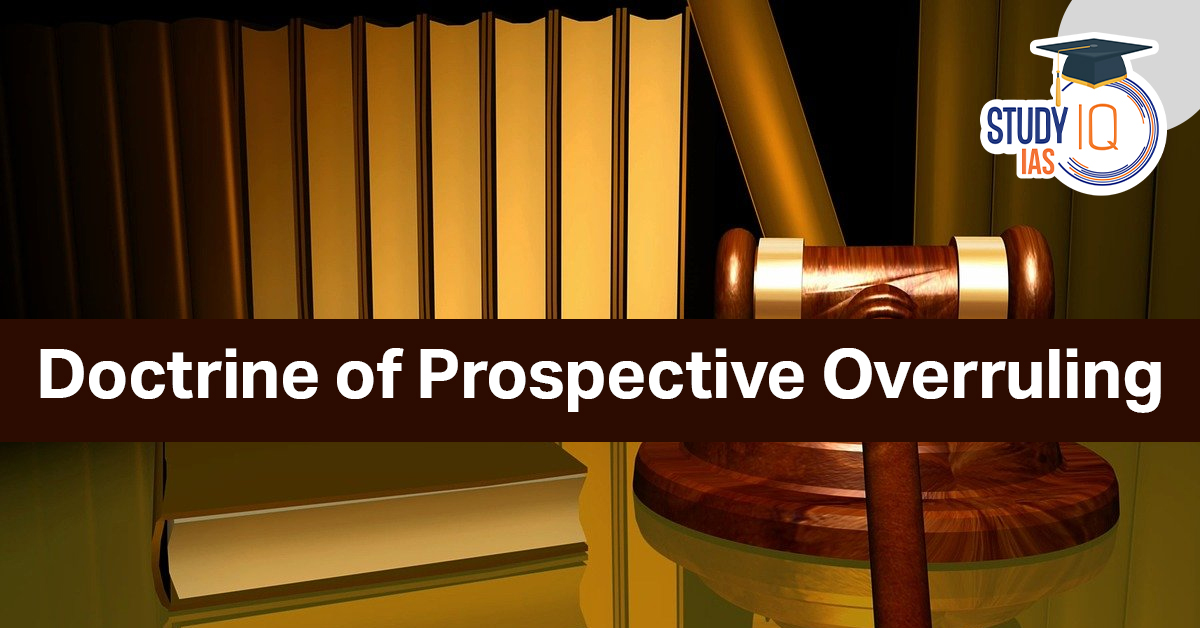
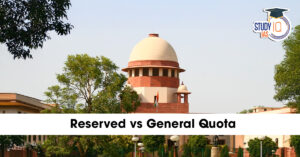 Reserved vs General Quota: Supreme Court...
Reserved vs General Quota: Supreme Court...
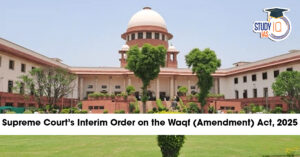 Supreme Court’s Interim Order on the W...
Supreme Court’s Interim Order on the W...
